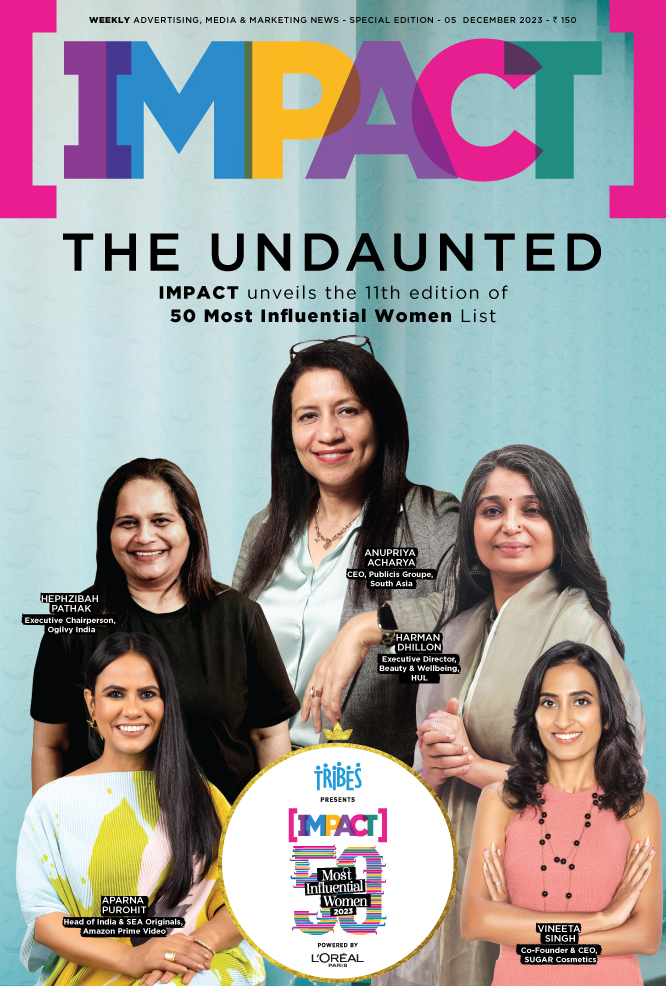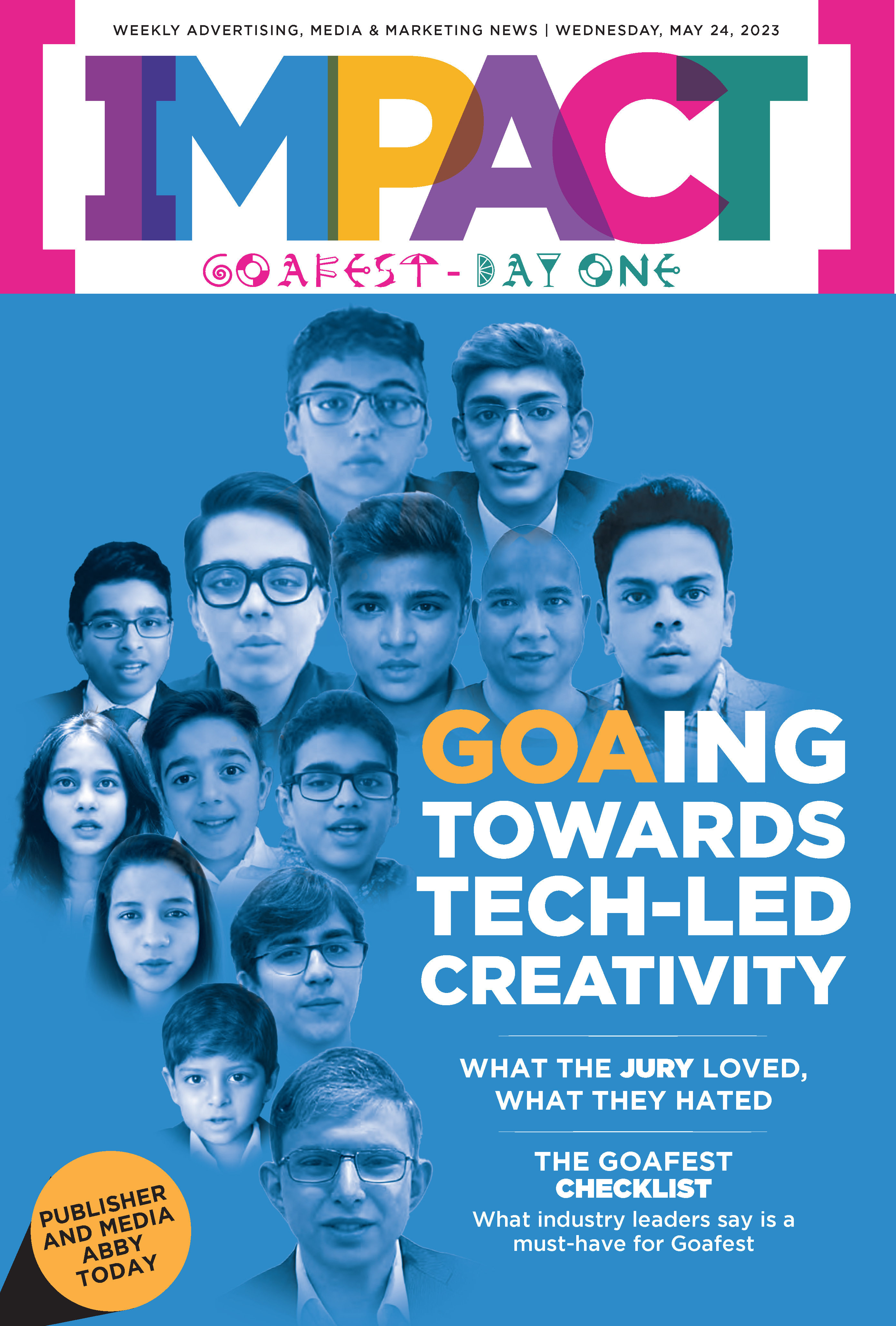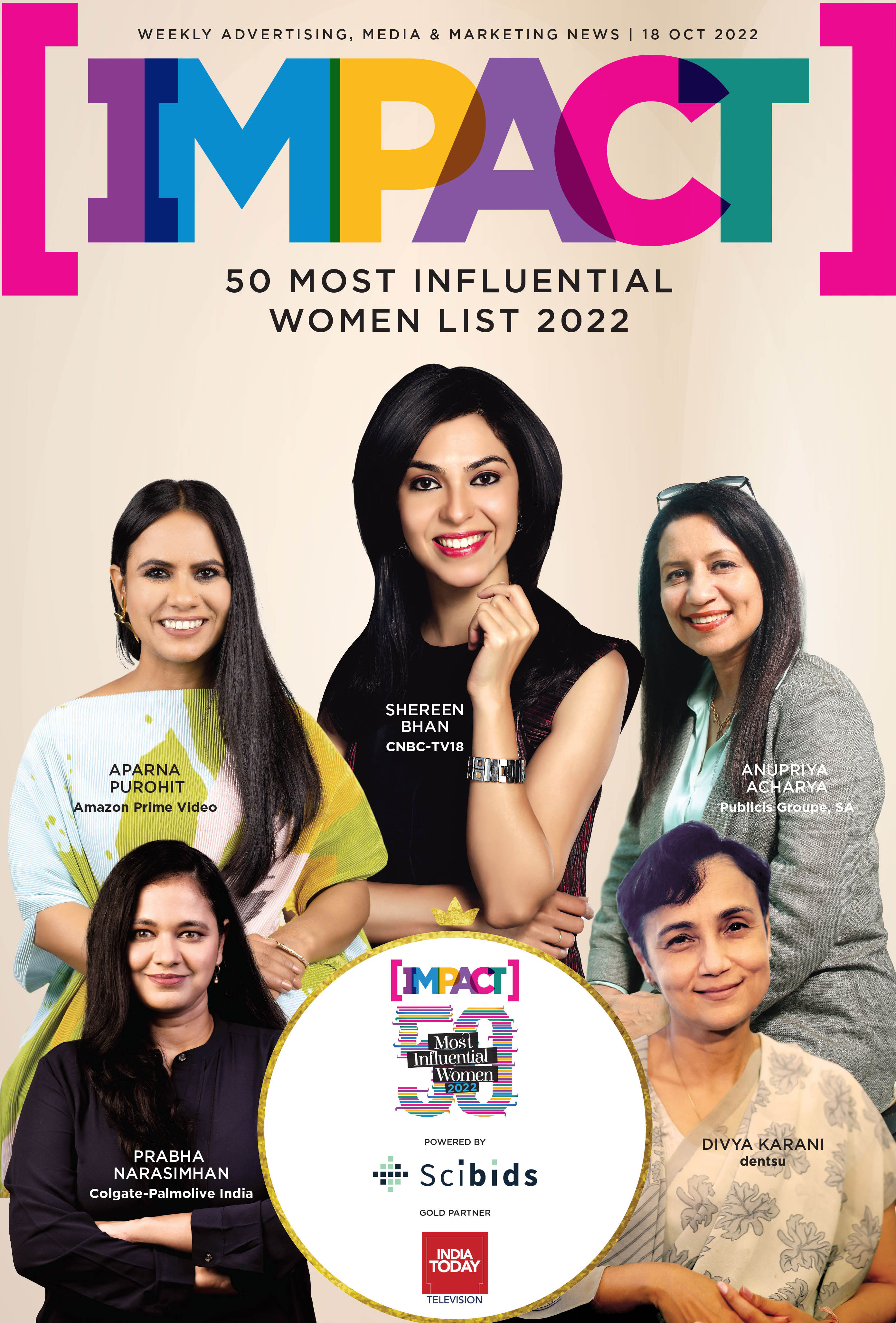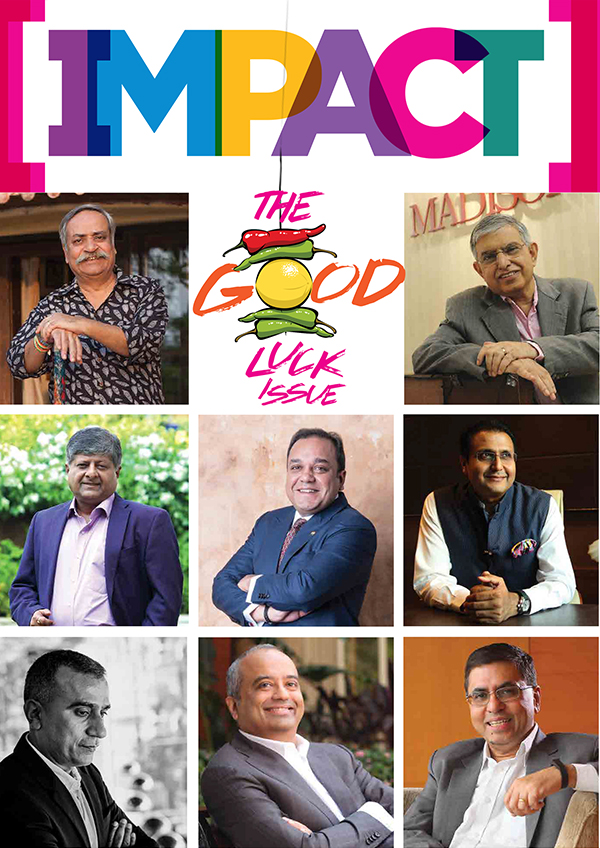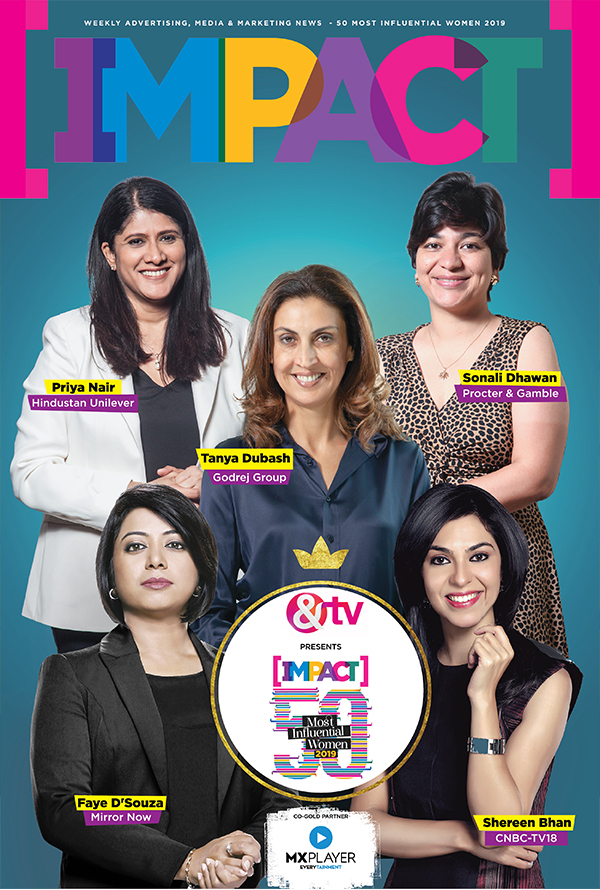India’s television advertising landscape is entering a phase of visible correction, with ad volumes slipping 10% in the January–September 2025 period compared to the same months in 2024, according to recent TAM AdEx data. The drop comes at a time when marketers are reassessing traditional media investments amid economic caution, rising digital spends, and sharper ROI expectations.
Yet, despite the contraction, TV’s core advertiser base has held firm. Food & Beverages continued to anchor the medium, contributing 21% of total ad volumes, followed by Personal Care/Personal Hygiene at 16% and Services at 14%. Collectively, the top 10 sectors accounted for a striking 88% of all TV advertising—a sign that category concentration remains high even in a cooler market.
The advertiser leaderboard too remains largely familiar. Hindustan Unilever (HUL) maintained its long-standing position as India’s top TV advertiser through 2024 and 2025, trailed by Reckitt and Godrej Consumer Products. Notably, Nestlé India and Star India made their way into the top 10 this year in the report. Together, the top 10 advertisers delivered 42% of total ad volumes.
What hasn’t changed is where advertisers want to be seen. General Entertainment Channels (GECs) and News remained the two most preferred genres, jointly commanding 57% of all ad volumes. While GECs grew marginally from 30% to 32%, News dipped slightly to 25%. Against this backdrop, the industry is now confronting a pivotal question: how will India’s biggest advertisers respond, particularly FMCG giants, as broadcast media enters its next cycle of transformation?
Paritosh Joshi, Principal, Provocateur Advisory, doesn’t think one should read too much into something that happened over six months, especially a 10% change, adding that “these kinds of resets and corrections happen periodically. They don’t necessarily indicate anything dramatic or grievous.”
He explains that short-term numbers can be influenced by multiple variables, from macroeconomic movements to product cycles. “It could mean, for example, that there is some slowdown in the consumer economy. It could also mean that the pace of product launches that might have happened this time last year isn’t happening this year,” Joshi says. “Trying to make too much of a single fact—like volumes being down 10%—is an exaggerated response to very limited data.”
He stresses the importance of evaluating longer timelines and breaking down the data by category to understand where the shifts truly lie. “To make meaningful sense of advertising money patterns, you need to look at longer periods,” he says. He suggested using a trailing 12-month period rather than a half-year comparison and recommended segmenting ad spends by product categories such as durables and FMCG.
Sunder Venketraman, Chief Business Officer, OneIndia, agrees that with television advertising volumes slipping in 2025, FMCG and mass-market brands are increasingly redirecting their budgets toward digital news, particularly regional platforms.
According to him, the combination of audience scale and precise targeting is drawing more FMCG ad spends to digital ecosystems. “The combination of scale + sharper targeting is pulling more FMCG spends our way,” he adds.
Beyond budget migration, the nature of digital advertising itself is evolving. Venketraman says advertisers are increasingly looking beyond traditional display formats. “Display is now only the entry point,” he states. “Brands want contextual storytelling, regional video explainers, and formats that offer deeper engagement.”
He points to broader industry reports to support the trend. “GroupM’s INCA report highlighted double-digit growth in branded and creator-led content, and we’re seeing the same on digital news,” he says.
Even as India’s advertising landscape undergoes rapid transformation with digital formats gaining dominance, overall marketing spends by large FMCG players have not declined, according to Shashi Sinha, Executive Chairman, IPG Mediabrands India.
Addressing concerns that TV and traditional media are losing share due to reduced advertiser investment, Sinha clarified that the shift is more about changing formats than shrinking budgets. "If you look at Levers’ spending pattern over the last three to five years, I don’t think their spends has reduced. If anything, they’ve gone up," he says.
Sinha notes that while the ad-to-sales ratio may fluctuate depending on business cycles, the fundamental commitment to advertising remains strong. "Last year was tough, for instance, but in percentage terms, there hasn’t been any major drop," he adds.
What has changed is where the money is going. Brands are increasingly diverting budgets from mass media to digital-native channels. "They’re still putting in serious money. What’s changing is the form—less mass media, more influencers, more social," Sinha explains.
He emphasises that despite the rise of digital, the core principles of effective marketing remain unchanged. "I haven’t yet come across a case where you can spend very little on Facebook, Google, or anywhere else and still expect big results," he says.
Venketraman says that the industry is witnessing clear behavioural shifts among younger audiences. “It’s a mix, but the long-term trend is clear. Younger audiences are not returning to appointment viewing,” he notes. “BARC data shows consistent decline in TV time spent among 15–34-year-olds. TV will stay important for mass reach, but digital news and regional video will keep gaining share because that’s where daily attention lives.”
As the market recalibrates, many are looking at Connected TV (CTV) and addressable advertising as potential bridges between traditional broadcast and digital targeting. Joshi believes addressability is already part of India’s TV landscape. “Some amount of addressability already exists. DTH platforms can split beams—so Maharashtra and Punjab homes may see different ads in certain segments. Cable operators can do even more,” he says.
However, he also cautions against assuming that hyper-targeting alone will define the future. “While highly targeted advertising, as digital platforms offer, has value, there’s also a strong case for messaging that reaches the entire family,” he notes. “Many product categories involve participative decision-making, not individual choices. In such cases, broad-reach advertising works better.”
Overall, experts believe the TV market is not shrinking but restructuring, reshaped by audience behaviour, economic cycles, and the rapid ascendance of digital and regional video platforms.


















